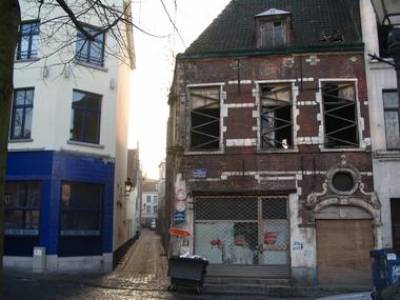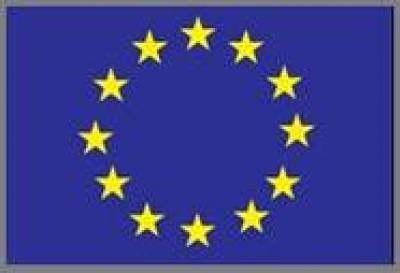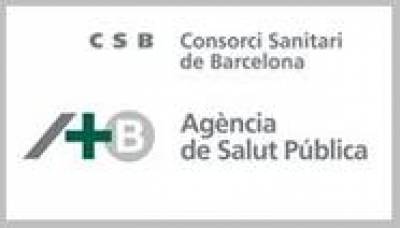
The Brussels Region is located in central Belgium, and is both a national capital and the political and bureaucratic hub of the European Union. Brussels is often identified as one city, yet it is actually composed of 19 municipalities spanning 161 km squared. Brussels was home to 1,006,749 residents (Men: 483,586 l Women: 523,163) in 2005 and had a population density of 6,511 persons per km squared, compared to a nationwide figure of 350 persons per km squared in 2007-2009.
Brussels is currently the strongest growing region in Belgium with a yearly population growth rate of almost 2% since 2006. This figure is reflected in exceptionally high immigration rates; about half of the Brussels population consists of first or second generation immigrants. Brussels also has a distinctively young population; 18.3% of inhabitants are aged 14 or younger. In terms of economic activity, Brussels faces growing unemployment, reaching 18.2% in 2005. Among the 64.9% active in the labour market, 36.2% are engaged in public services, reflective of the bureaucratic and political role of Brussels. In addition, 28% work in the service industry, 14.9% in trade based occupations, and 10.9% in financial institutions. A small proportion of the working population are employed in the industry (5.6%) and construction (2.8%).
- City Profile
-
Brussels has a specific demographic profile, defined by a young population and a high proportion of unemployment. Demographic figures from the 2001 National Register collected by Statistics Belgium and the National Social Security Office are shown below:
- Population aged 0 - 14: 18.3%
- Population aged 65 and older: 15.4%
- Population aged 16 - 64 in the labour market: 64.9%
- Unemployment: 18.2%
- Immigrant population: 26.3%
- Methods
-
Socio-economic and mortality analyses were conducted at a small area-level within each city. The maps of Brussels represent 118 Districts or small areas. Data from the 2001 and 2006 National Registers were used to obtain the population size per District.
As the population size of small areas were only available for 2001 and 2006, these annual figures were used to estimate the population figures of Brussels for the entire study period (2001 - 2004). The INEQ-CITIES research of Brussels is based on these figures.
The table below shows the estimated population size per District by first, second (median) and third quartiles, based on 2001 figures provided by Statistics Belgium.
Population Size per Small Area, Brussels Men Women First Quartile
2,604 2,958 Median 3,763 4,020 Third Quartile
5,089 5,742 - Socio-Economic Indicator Maps
-
Social inequalities were examined using markers of deprivation to assess geographical segregation according to socio-economic characteristics. Find out more about socio-economic inequalities within Brussels by viewing area-level maps of Socio-Economic Indicators of:
- Mortality Maps
-
Mortality ratios were examined for all-cause mortality and disease-specific mortality, separately for men and women. Find out more about health inequalities within Brussels by viewing area-level maps of:
- Resources
-
For further information about health inequality and the INEQ-CITIES research conducted in Brussels, please go to:

 Close
Close





